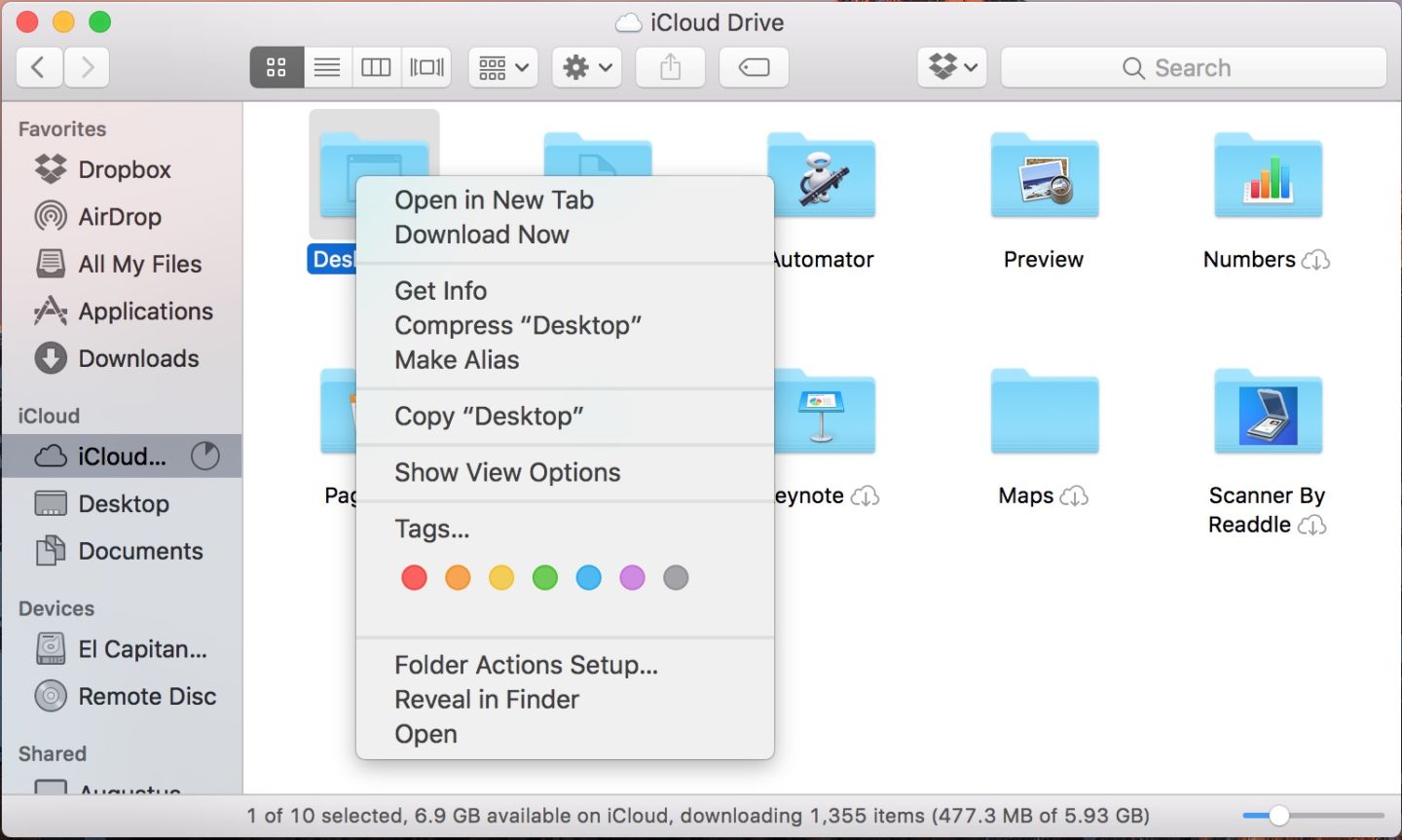


It doesn’t work so well when there are multiple objects of interest in the image. But it was also pretty limited - this model only predicts the location for a single object. You’ve seen how easy it was to add a bounding box predictor to the model: simply add a new output layer that predicts four numbers.

Choosing to serve only one part of it is doing a disservice to their own product. I don't disagree with you but "all the people in the world doing any sort of ML" is already a tiny niche from a product sustainability perspective. Similarly, it might be better for Prodigy to simply focus on filling a niche (people who want a good tool, and who are also willing to pay the price), instead of trying to capture the entire market - think Apple. OTOH who buys Apple software? They might be making great stuff, but when you've been using Microsoft Office since middle school, you end up buying Microsoft Office as a grown-up.
#Rectlabel download macos software#
Microsoft understands this and it's why they give their software away to students or sell it at a fraction of the price: in order to capture the market you're better off starting young.
#Rectlabel download macos professional#
It's a win-win situation: more products sold -> grad students are happy to get a good product -> grad students become researchers and allocate grant money to buy professional licenses for the tools. Prodigy however would have a minimum amount of work to do to produce a reduced version of their tool at a lower price and capture that additional market, which is bound to grow considering the growth in popularity of ML. Nobody has tried to capture it so far because developing a tool from scratch aimed at that market (poor research students) is not worth it. It's not that there is a massive market, it's that there is a market that they could enter at virtually 0 cost. If there is indeed a massive market willing to pay a lower price, then why hasn't anyone snagged it yet? What obstacles are they facing? And really, we don't have the time between projects to do that. Of course we could build the tools but to be honest I don't even know how such a tool would even look like (and I'm a machine learning expert not a UX expert). We do that manually but I always have the feeling that the with the right tools we could do it much, much quicker. It would be a lot better if we just got tools that allowed my data scientists to quickly examine visually the data and create manually labelled datasets not only to train algorithms but also to serve as "unit tests" when evolving the models. Most of the targets we use are somehow produced by user activity on our products but most of them are very noisy and requires a lot of back and forth analysis and filtering and creating business rules to avoid problems. The lack of actual good and widely used/supported tooling for data annotation is one of the problems that make my day worse everytime our team starts a new project. Metacademy is a great resource which compiles lesson plans on popular machine learning topics.įor Beginner questions please try /r/LearnMachineLearning, /r/MLQuestions or įor career related questions, visit /r/cscareerquestions/

Please have a look at our FAQ and Link-Collection Rules For Posts + Research + Discussion + Project + News on Twitter Chat with us on Slack Beginners:


 0 kommentar(er)
0 kommentar(er)
